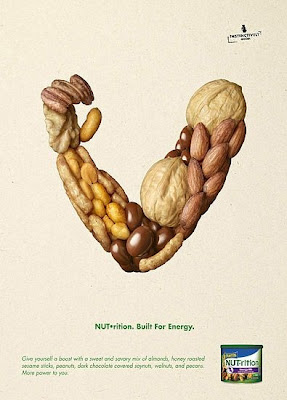Common Sports-Related Injuries
Common Sports-Related Injuries
 Many people choose to play sports for recreation or for fitness. However, rigorous physical activity can be dangerous and cause a range of injuries. Common sports injuries include:
Many people choose to play sports for recreation or for fitness. However, rigorous physical activity can be dangerous and cause a range of injuries. Common sports injuries include:
Strains
Sprains
Bone fractures
Bone breaks
Head injuries
Heat-related illnesses
Although any of these injuries can have serious consequences, two of the most serious types of sports-related injuries are injuries to the head and heat-related illnesses.
Head Injuries
One of the most serious types of head injury is a concussion, caused by a sudden sharp blow to the head that bruises the brain. Concussions vary in severity depending on the circumstances of the accident. Most concussions are not life-threatening, although they can cause temporary or permanent physical or mental disability or brain damage.
Players of high-impact sports may suffer from concussions after an accident on the field. Symptoms of a concussion may include:
Confusion or memory loss
Nausea, dizziness, and vomiting
Slurred speech
Blurred vision
Coordination loss
Athletes may experience concussions after high-impact collisions with other players or after falls. It is important to seek medical assistance immediately to prevent further adverse consequences.
Heat-Related Illnesses
If an athlete becomes severely dehydrated, he or she may suffer from one of many heat-related illnesses. While dehydration is treated simply with rest and consumption of fluids, more serious conditions, such as heat stroke, can be life-threatening. When playing sports, be sure to drink plenty of water or sports drinks in order to rehydrate, and take adequate breaks out of the sun. If you experience any of the following conditions after an extensive period of physical exertion, you should seek rest, hydration, and medical assistance immediately to avoid heat stroke:
Muscle cramps
Dizziness and weakness
Skin that is red and itchy
Cool, pale skin
Increased pulse
When working out or playing sports, the body has specific warning signs to let you know it needs rest or fluids. It is of the utmost importance to heed these signals to avoid serious illness. Sadly, many people ignore important warning signs from their own bodies, or coaches, trainers, and teammates fail to take heat-related illnesses seriously, leading to an increase in the severity of the condition if the victim continues to perform physical activity. The most severe heat-related conditions can even result in death of the victim if he or she does not receive immediate medical attention.…
Steps to Prevent a Stroke
Steps to Prevent a Stroke
 Stroke has been called the silent killer. It is the third highest cause of death in the United States, claiming 4.4 million lives every year. And for those who suffer from strokes yet live, it can have lasting repercussions on your health and well-being. Therefore, it is important to do all you can to prevent strokes.
Stroke has been called the silent killer. It is the third highest cause of death in the United States, claiming 4.4 million lives every year. And for those who suffer from strokes yet live, it can have lasting repercussions on your health and well-being. Therefore, it is important to do all you can to prevent strokes.
The term “stroke” is given to problems with blood flow in the brain. It can result from either a blocked or burst blood vessel in or leading to the brain, which disrupts the flow of oxygen and essential nutrients to your brain. Due to loss of oxygen, brain tissue can quickly die, leaving you with problems in speech, movement, sensory information, thought, or many other areas. Because brain damage can become permanent in only four or five minutes, strokes can be absolutely debilitating.
Thus, there are certain things that you should do to protect yourself from stroke. First, your diet is a large part of your overall health, as well as the prevention of strokes. Consuming high levels of sodium can lead to high blood pressure, which increases your chance for stroke. Additionally, high cholesterol is a risk factor for stroke as well. Bad cholesterol can harden or block blood vessels, making it more difficult for the heart to pump life-giving blood throughout your body, including your brain.
Next, besides a healthy, low-sodium diet, you can also protect yourself from stroke by participating in regular exercise. Exercises not only lowers blood pressure, but it also helps give you better circulation. With regular workouts, you can also decrease your bad cholesterol levels to keep your blood vessels flexible and open.
Additionally, alcohol and tobacco usage can contribute to stroke. Heavy, frequent consumption of alcoholic beverages can greatly increase your blood pressure, increasing your risk of subarachnoid hemorrhage. One of the main ingredients in cigarettes, nicotine, has been shown to raise blood pressure as well as cause hypertension. Even if you do not smoke, you can inhale dangerous chemicals from secondhand or sidestream smoke.
Strokes can cause devastating damage to your brain, and thankfully, there are many things that you can do to help prevent this disaster. Sometimes, you may need medication and expert medical help to aid you in managing problems like high blood pressure so that you can avoid stroke. If you need help affording visits to the doctor, you should consider adopting or changing your health insurance plan to better help you.…
